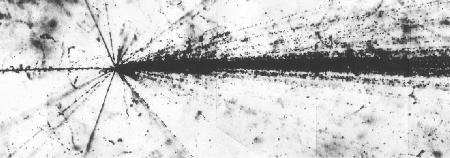 |
Investigating Relativistic Lifetimes: A Cosmic Ray Experience |
 |

We cannot always get use of an accelerator to look at high-energy, relativistic particles. Nor can we find a train, airplane, automobile, or spacehip that would move close to the speed of light. Not even a Yugo GT goes that fast. However, nature provides us--literally bombards us--with relativistic particles everyday: cosmic ray muons. So, you'd like to do an experiment . . .
It is possible to at least plan how you can investigate relativistic lifetimes by measuring cosmic ray counts at different altitudes. To do this, it helps to answer some key questions:
- Do you want to show the time dilation effect on muon lifetimes quantitatively or qualitatively?
- What materials will you need? What materials do you have?
- How will you get to different altitudes? Consider your current location. Can you get somewhere high enough to make a difference?
- Using the equipment you have--or can make--how will you obtain a fairly accurate muon count?
- How will you display your data? How will you analyze it?
- What will you do to minimize and deal with error?
- How will you communicate your results?
And now for a few caveats . . . .
The method of muon counting available to us right here may not be precise enough for our purposes; what's more, if you are in northern Illinois you will see a paucity of high mountains. Even the Sears Tower is not high enough without very precise instruments. So, do we:
- Give up?
- Find a way to overcome these problems?
- Plan for a longer-term experiment in a more conducive environment?